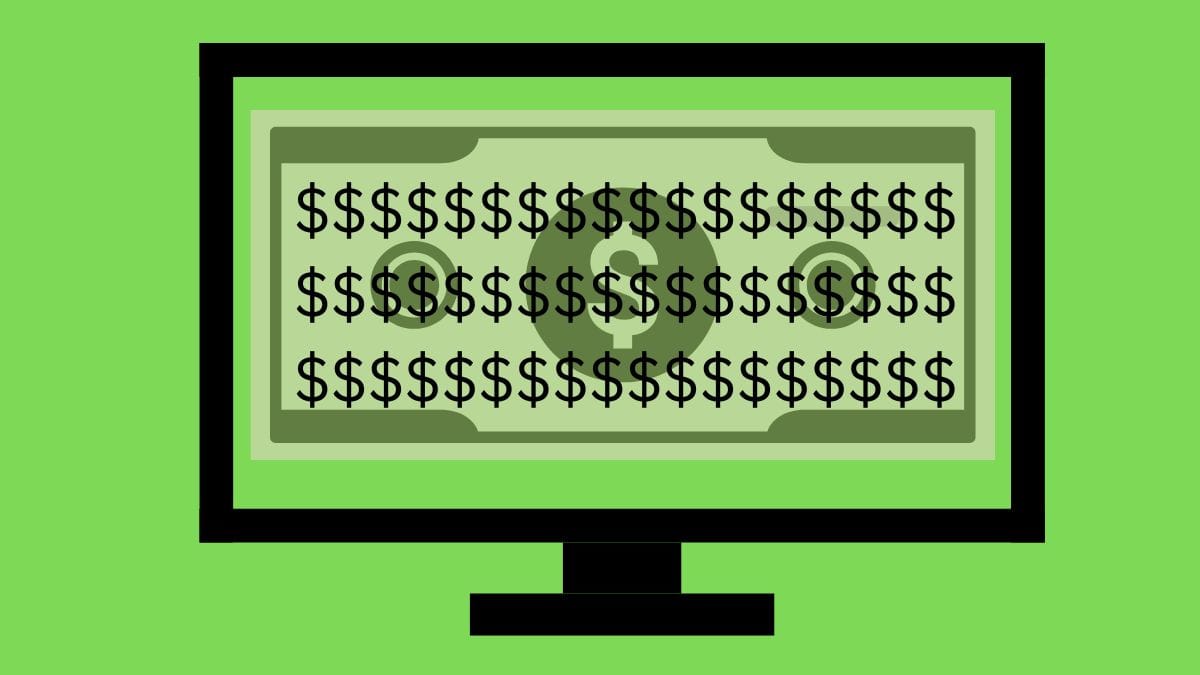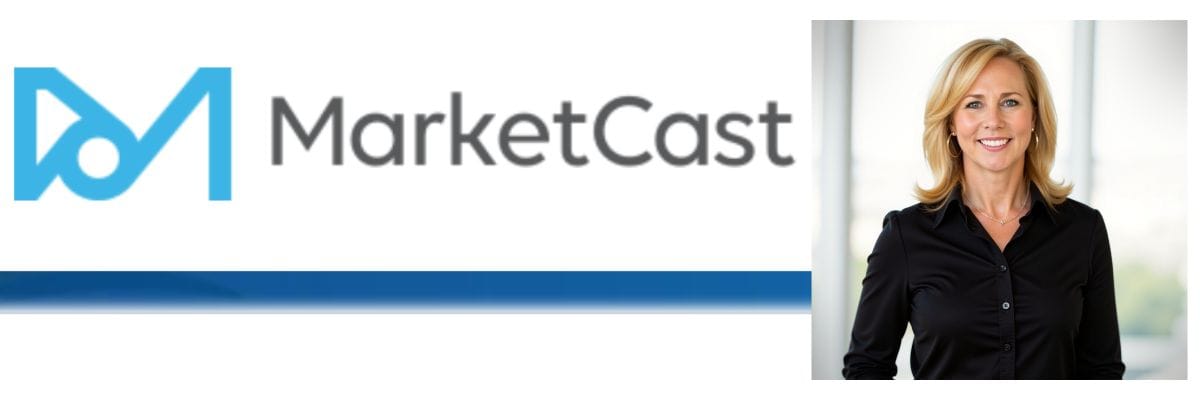Data-Driven Advertisers Direct More Spending to CTV and Digital Video
“Despite the self-serve nature of programmatic activation, buyers still want a certain level of direct human interaction with the sell-side to activate their campaigns,” the IAB report says

Advertisers are increasing their spending on digital video, and data is a big reason.
A new report from the IAB looks at the reasons advertisers like digital video and the factors that they think are most important as they create campaigns that produce results.
The IAB report relies on a survey of 368 advertisers and ad buyers conducted by Advertiser Perceptions from February 17 to March 7, as well as digital ad spend data from Guideline
The study found that content quality is the top criteria for buyers in determining where to spend digital video dollars. However, failure to deliver outcomes is the most biggest reason why they cut spending with a streamer. The most important outcomes advertisers look at are store visits and sales.
The key criteria advertisers said they look at when making investments in TV or video include content quality, targeting capabilities, price efficiency, overall reach and guaranteed business outcomes.
Other factors cited include ease in buying, unique audiences, data integrations, transparency of placements and innovative placements.
To measure the success of campaigns, the most important data buyers say they can get from ad sellers are campaign and placement-level KPIs, as well as basic data regarding adjacent content. Also important to buyers are metadata regarding the adjacent content, aggregate or individual user-level data, real-time data availability, interoperability with their measurement partner and device-specific performance data.
More buying of CTV and digital video is happening programmatically and buyers expect more inventory to be biddable. When buying live content on CTV, advertisers are demanding more advanced capabilities and options from streaming services, compared to linear TV.
For example, over 40% expect incremental audience reach, along with real-time signals and interactive executions, the survey found.
What does that mean in terms of spending? The IAB report projects that spending on digital video will rise to $82 billion in 2025, growing at a rate of 14%, three times faster than media spending overall. Those incremental dollars had been previously allocated to linear TV and social media, or were part of an overall expansion of the ad budget.
While that number seems pretty impressive, the report notes that this year’s market is “more dynamic than normal” because of ongoing economic uncertainty about tariffs, geopolitical conflict and changing consumer sentiment.
At the projected rate, digital video will have doubled its share of spending over the past five years, capturing 58% of the video ad market. Remember, it was only last year when spending on digital video topped traditional TV and, as the report points out, “digital video’s lead is expected to grow further as TV will not have the presidential election or the Olympics to boost spending.
The report found that 85% of CTV buys are now purchased programmatically—up from 75% in 2024.
While programmatic buying is becoming a bigger part of CTV buying, the death of the human media sales exec is not at hand, according to the report. “Despite the self-serve nature of programmatic activation, buyers still want a certain level of direct human interaction with the sell-side to activate their campaigns,” the IAB report said.
Why are buyers turning to programmatic technology to place the ad buys? According to the report, activating CTV programmatically enables buyers to consolidate their investment across a few demand-side platforms (DSPs) which can help with audience management as well as reach/frequency
That helps drive better return on investment and return on advertising spending, which is the most important thing, according to the buyers surveyed.
The other things buyers expect from programmatic buying fall into three categories: performance and efficiency, operations ease and advanced capabilities.
The ones cited most by buyers included programmatic making it easier to achieve scale, easier activation across streaming networks, easier optimization and flexibility, better pricing, ability to activate innovative and immersive ads, the ability to append first-party and third-party data, the ability to control ad frequency, the ability to launch quickly and easier measurement capabilities.
Another key finding in the study is that more advertisers are turning to generative artificial intelligence to make the creative executions needed for more targeted campaigns.
According to the report, nearly 9 in 10 digital video buyers are using or planning to use GenAI for video ad creative.
Buyers surveyed said that 30% of their digital video ads are now built from scratch or adjusted using GenAI, up from 22% in 2024, and they expect that to jump to 39% in 2026. Small and mid-tier brands are using GenAI across a greater portion of their video ads, the report said.
The top reasons for using GenAI to create multiple versions of ads were to serve different audiences, the ability to change visuals and style, contextual relevance, promotion and incentive testing, platform optimization and device-specific formatting.
Nearly half of buyers are looking to the sell-side to enable creative testing. The sell-side’s access to platform-user feedback combined with their product tech stack can help alleviate many manual and arduous tasks. Many other ways buyers said they want support, but they’re still determining how to build their GenAI “toolboxes” both internally and externally.
So while yes, the machines are making advertising campaigns more efficient, important decisions are still being made by people. And those people have to understand the new tools they’ve been given and be able to manipulate the raw material: data about viewing and consumer behavior that will help them determine whether they–and the machines–are doing a good job.
# # #
Triton Digital said it has worked with ekoz.ai to create host-read podcast ads generated by artificial intelligence. The new capability is designed to enable advertisers to more closely target audience segments.
Podcasts hosts have agreed to let their voices be cloned by ekoz.ai, which creates a variety of scripts designed to appeal to different audiences. The hosts sign off on the executions to maintain that their voice is authentic while minimizing the amount of extra work they need to do.
The system uses a mix of podcast metadata, such as genre and episode content, to target ads, along with audience campaign goals.
Dynamic ad insertion technology delivers the ads at optimal time within eligible episodes.
The new capability lets advertisers buy podcasts programmatically and get campaign messages read by hosts, which is one of the most effective ad formats.
“We’re always looking for more partners who help us bring new opportunities to podcasters," said Sharon Taylor, executive VP, Podcast and Content Delivery, Triton Digital. "Ekoz.ai does exactly that. By enabling scalable host-read ads that preserve the authenticity and control creators' value, they’re helping us unlock a new revenue stream for podcasters and deliver more value to advertisers."
# # #
MarketCast said it named Amy Fenton as CEO. Fenton had been co-president at MarketCast and replaces John Batter, who left for Xtreme Reach in May.
Before joining MarketCAst three years ago, Fenton held senior posts at NIelsen, Ipsos and Kantar, and serves on the board of trustees for the ARF.
"We are confident that Amy will be a tremendous leader for our clients and employees alike," said Ahmed Wahla, Partner with Kohlberg, MarketCast’s lead financial investor. "With a focus on product modernization through AI and data science, client-centric commercial focus, and talent development, Amy’s leadership best positions MarketCast for the future to arm our clients with real time predictive data driving marketing ROI for their enterprise."
Paul Forgue will remain president and CFO at MarketCast, maintaining his role overseeing finance, legal and corporate IT.


